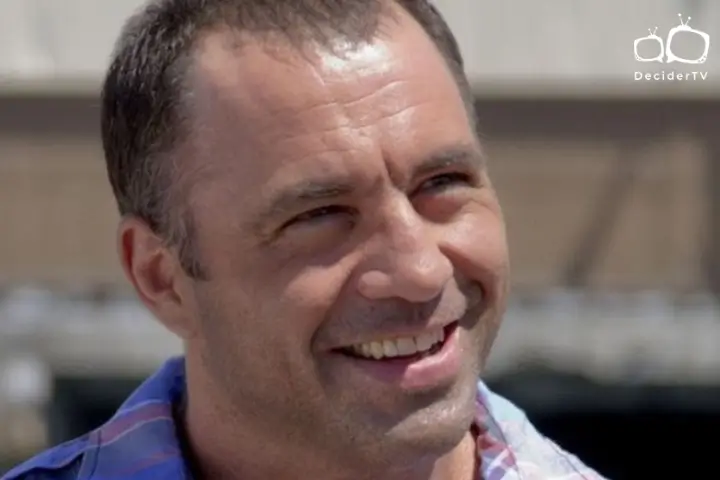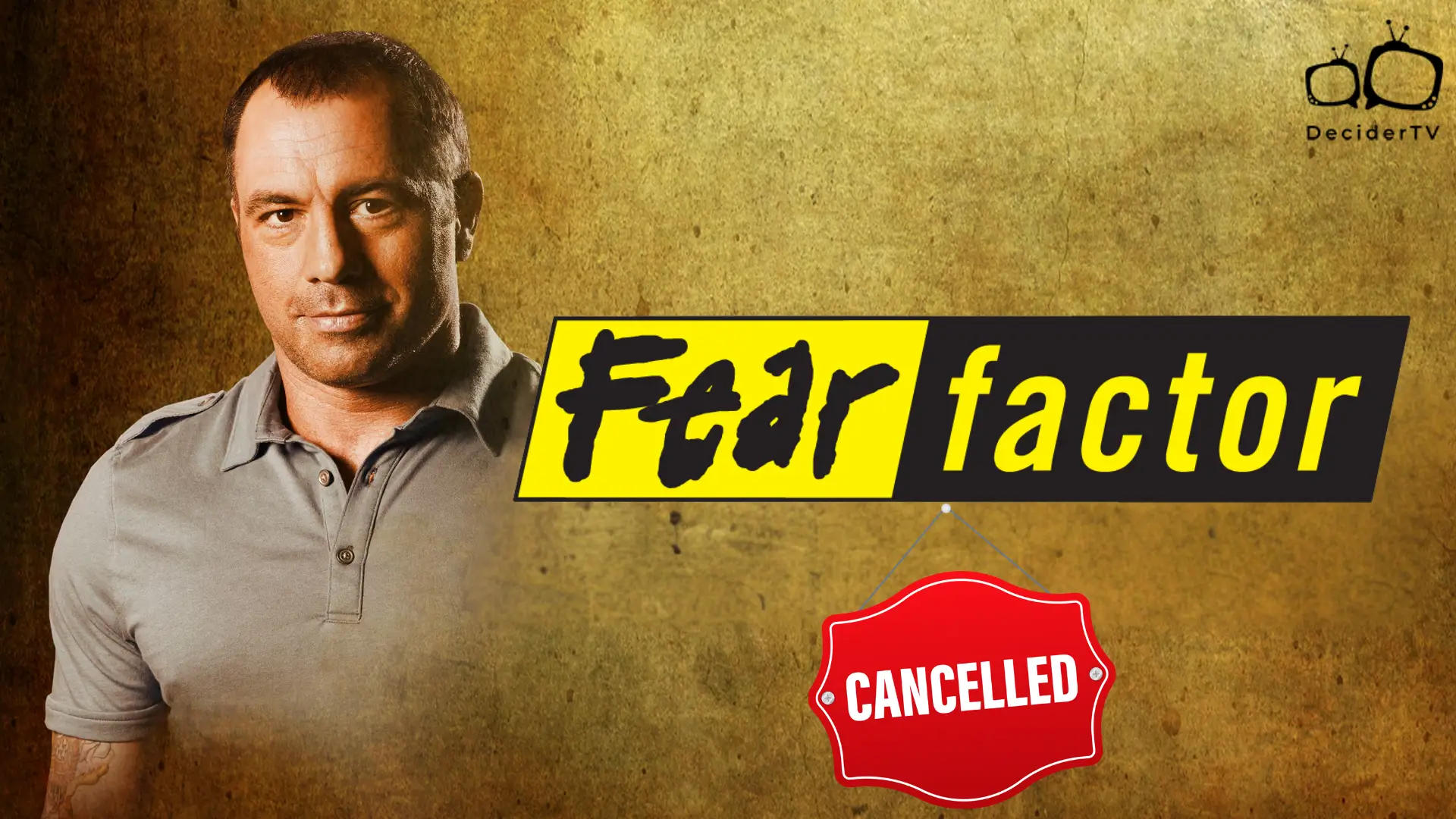When it comes to memorable reality TV shows, Fear Factor made quite a splash with stunts that tested the limits of human bravery. Yet, even with its flair for the dramatic, the show didn’t last forever. Fear Factor was primarily canceled due to declining ratings and controversial content choices that eventually went too far. These issues ultimately led to its demise despite its earlier success and popularity.
Our curiosity about extreme challenges drew us in, providing thrills and chills each week. The show’s daring nature was both its strength and its downfall, igniting discussions around water coolers nationwide. At one point, a particular episode stirred significant controversy when it featured a stunt deemed inappropriate for television, significantly impacting the show’s reputation.
While ratings were a key factor in its cancellation, network priorities also played a role. Competing against other major shows like American Idol made it difficult for Fear Factor to maintain its viewership and relevance. Though it aimed to captivate audiences with unique content, external and internal pressures ultimately led to the show’s end, marking a memorable chapter in the history of reality TV.
Overview of ‘Fear Factor’

“Fear Factor” is a show where contestants face challenges designed to test their limits. Initially popular for its unique concept and thrilling stunts, the show gained a strong audience but eventually faced cancellations due to various factors.
Concept and Format
The concept of “Fear Factor” involves contestants engaging in stunts aimed at confronting their fears. Challenges range from physical feats to dealing with creepy creatures or eating bizarre foods. This format was intended to push contestants out of their comfort zones. The show originally aired in 2001, engaging viewers with its intense situations and the promise of monetary rewards for the winners. Each episode was split into several rounds, with contestants competing head-to-head. The last person standing typically won a cash prize, motivating participants to face each daunting task.
Popularity and Audience Reception
“Fear Factor” quickly became a hit due to its unique appeal. Audiences were drawn to the suspense and unpredictability. Hosted initially by Joe Rogan, the show reached peak popularity in its early seasons. It became well-known for its controversial and extreme stunts, sparking plenty of conversation.
Discussions around the water cooler often revolved around the latest episode’s shocking events. Despite initial success, interest waned over time, and ratings began to drop, leading to the show’s cancellation in 2006. A revival occurred in 2011, although it faced similar challenges. By 2012, concerns over the nature of stunts further affected its standing with both audiences and networks.
Reasons for Cancellation

Fear Factor faced several challenges that led to its cancellation. Key issues included declining viewership, controversies surrounding its extreme challenges, and public backlash over certain stunts.
Decline in Ratings
The show originally aired from 2001 to 2006, and during this period, it suffered from a steady decline in ratings. While initially capturing the public’s attention with its unique and daring format, interest waned over time. NBC decided to cancel it in 2006 after seeing a consistent drop in viewers each season. When Fear Factor returned in 2011, it initially tried to recapture its audience with bigger stunts. Despite these efforts, it couldn’t maintain enough interest to justify its continued production long-term.
Controversial Challenges
Many of the show’s challenges were designed to push the limits of its contestants and viewers, which was both a strength and a weakness. Some stunts sparked particular controversy, leading to discomfort among audiences. One infamous episode involved contestants consuming donkey fluids, which was pulled before airing due to backlash. These extreme challenges often became the focal point of criticism, as they were seen by some as going too far just for shock value. This perception further strained the show’s ability to maintain a wide and supportive audience.
Public Concerns and Criticism
Viewers and media criticism played a significant role in the show’s cancellation. There was an increasing concern regarding the ethical implications of some tasks. Critics argued that the show prioritized sensationalism over the well-being of the participants. Such tasks often put contestants in dangerous or distressing situations, raising questions about the responsibility of the producers. This negative public perception contributed to the network’s decision to end the show. Even though it aimed to entertain, the approach led to significant backlash, affecting its overall reputation.
Impact of Cancellation

The cancellation of “Fear Factor” significantly affected both its network and production teams, and it prompted varied reactions from fans and media. Let’s explore these impacts in detail.
Immediate Effects on Network and Production
Canceling “Fear Factor” left a gap in NBC’s programming lineup. The network had relied on it for its unique appeal, and its removal challenged NBC to fill that space with a show that could capture similar viewer interest.
The production team faced abrupt changes. Jobs were at risk, and resources had to be reallocated. Many professionals involved in the show had to seek new opportunities. Budget adjustments also became necessary, impacting future plans and investments.
We observed that efforts to spin off similar formats weren’t able to replicate “Fear Factor’s” initial success. These attempts struggled to establish the same level of engagement, emphasizing the unique factor that “Fear Factor” held in the entertainment landscape.
Response from Fans and Media
The fans had mixed reactions. Some were disappointed due to the emotional connection they had with “Fear Factor,” while others understood the reasons behind the decision, such as decreasing viewership and controversial content.
Media coverage was widespread. Many outlets focused on dissecting the reasons behind the show’s decline, pointing to both declining ratings and stunts that were sometimes deemed too extreme.
The cultural impact of “Fear Factor” endured beyond its cancellation. Many dedicated fans launched initiatives to remember the show, emphasizing its lasting influence on reality TV. Its daring format inspired similar shows, showing its imprint in the evolution of television entertainment.
Legacy of the Show

“Fear Factor” left a unique mark on reality TV. It was one of the first shows to push contestants into extreme challenges. This set the stage for other intense competition shows in the future, inspiring formats that test endurance, bravery, and even gross-out tolerance.
The show’s daring stunts and jaw-dropping moments kept audiences on the edge of their seats. This blend of action and shock became a signature style that caught viewers’ attention and sparked conversation. It made daring stunts a staple in many later shows.
Memorable Aspects
- Extreme physical and mental challenges
- Unusual and sometimes disgusting tasks
- High stakes for contestants
By captivating a broad audience, “Fear Factor” influenced how reality TV developed. This genre became a platform for testing limits, with audiences eager to see contestants face their deepest fears. The show’s format created a blueprint that other productions followed.
Even though the show faced mixed reviews due to the nature of its challenges, it remains part of pop culture. Its willingness to push boundaries showed that television could explore new territories, despite the risks involved.
Cultural Impact
- Inspired future competition shows
- Sparked debates on the ethics of reality TV
- Pushed the boundaries of what’s acceptable on TV
Overall, the legacy of “Fear Factor” is seen in its daring concept, which challenged norms and widened the scope of reality TV. It remains a bold example of television that dared to be different.
Frequently Asked Questions
What were the circumstances that led to Fear Factor being cancelled?
Fear Factor was initially cancelled due to poor ratings. Despite being a popular topic of conversation, the show’s viewership steadily declined over its original run. The revival years later didn’t manage to sustain high ratings either.
Has there been an incident on Fear Factor that prompted its cancellation?
Yes, there were episodes featuring stunts deemed too extreme or disgusting, which upset viewers and contributed to the show’s cancellation. For instance, a particularly controversial stunt involved contestants drinking donkey urine, leading to public outcry and the episode not airing.
What role did Joe Rogan play in Fear Factor before it was discontinued?
Joe Rogan hosted Fear Factor during its original run on NBC from 2001 to 2006 and returned for the revival in 2011. His energetic and sometimes sarcastic style became a key element of the show’s identity, helping it gain a loyal following.
How many iterations of Fear Factor were there before it was terminated?
Fear Factor had two main iterations. The original series ran from 2001 to 2006. A revival aired in 2011, with additional episodes on MTV later. Each version eventually faced cancellation due to a combination of low ratings and controversial content.
What factors contributed to the decision to cancel Fear Factor in 2021?
Although Fear Factor ended earlier, if we’re considering a hypothetical 2021 cancellation, factors likely would include sustained low ratings and public reaction to extreme stunts. Controversial challenges historically fueled negative feedback, affecting the show’s revival prospects.
Are there episodes of Fear Factor that have been withheld from airing, and if so, why?
Yes, some episodes were withheld due to their extreme content. Notably, the infamous donkey urine stunt led to an episode being pulled and not shown because of its offensive nature. This stunt became a pivotal point that highlighted the show’s controversial approach to challenges.

